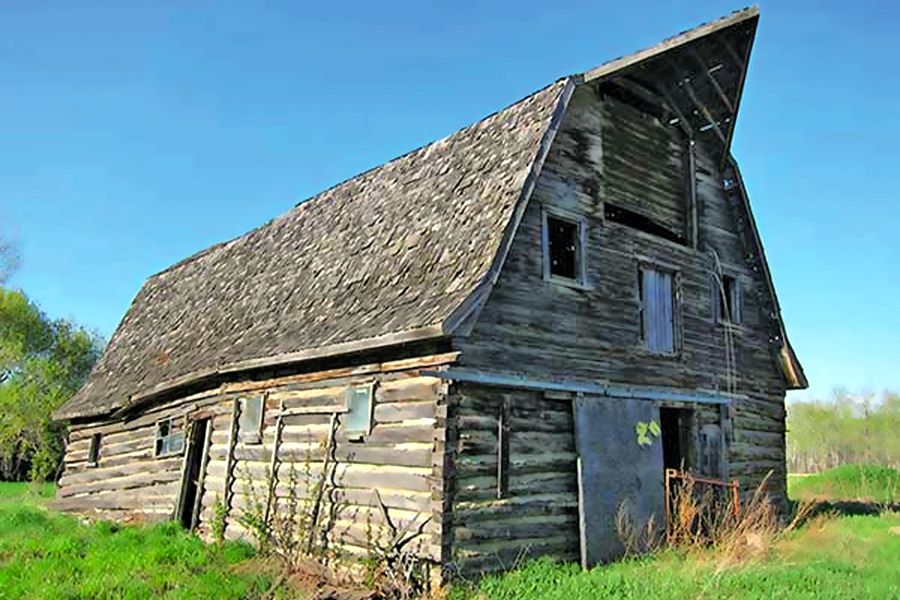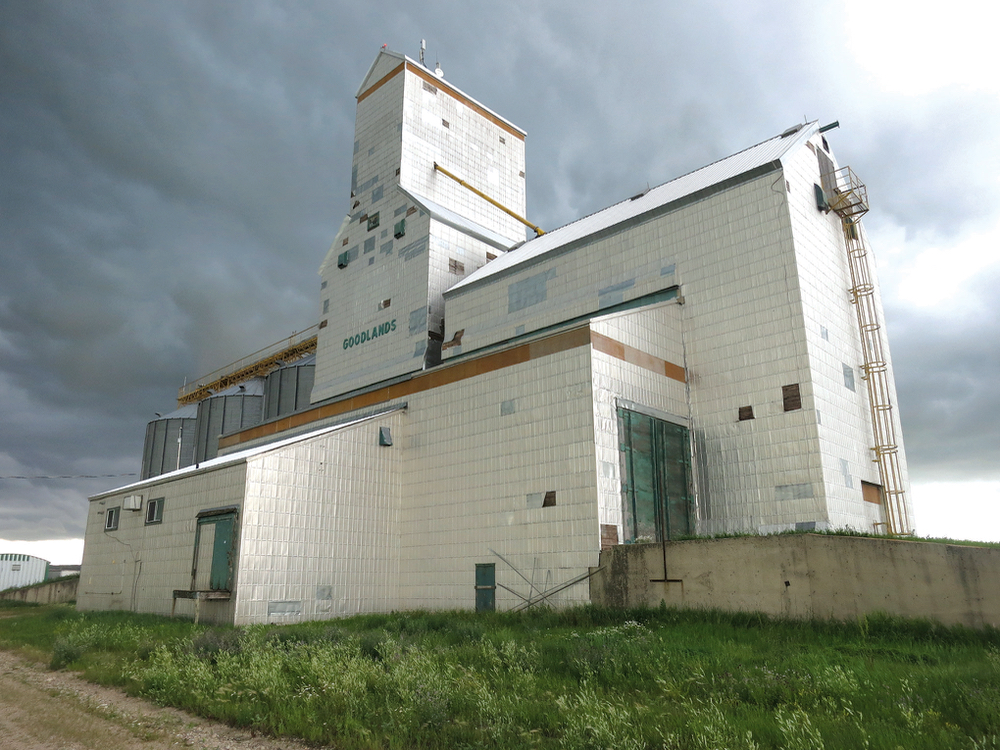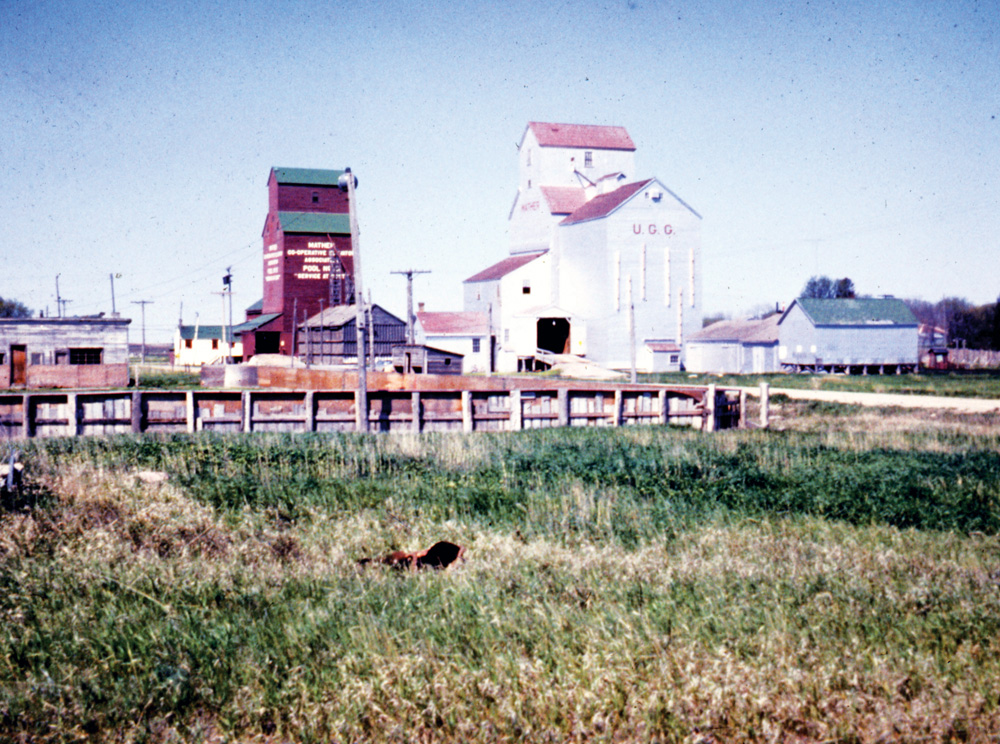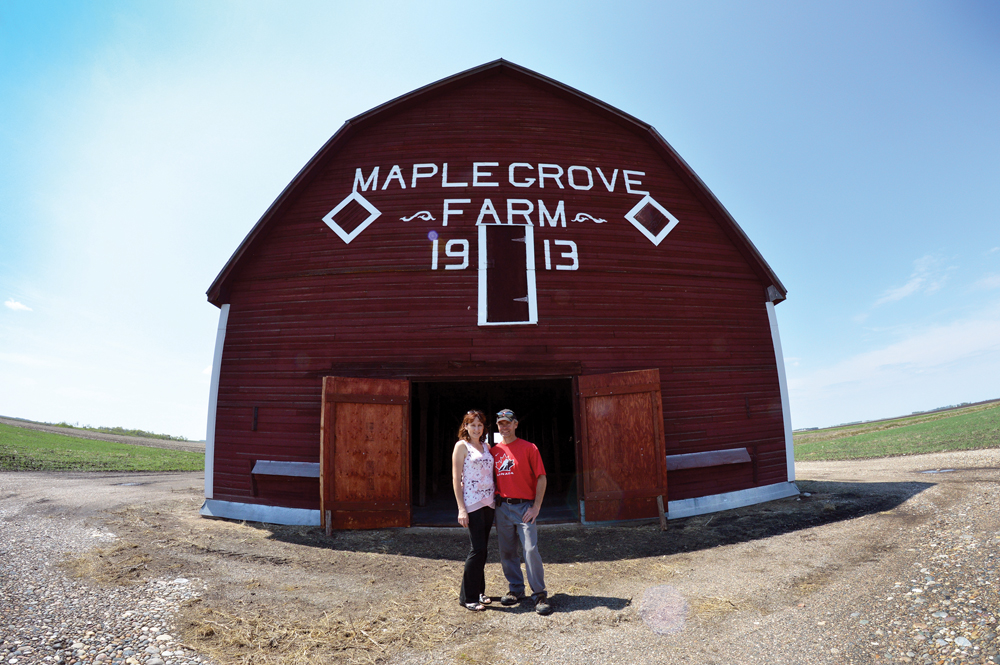If you know where that old barn or farmhouse or church in your area is — or was — a Manitoba historian needs your help.
In early 1981 the Co-operator worked with provincial Manitoba Historic Resources Branch staff to photograph and publish a series on rural buildings in Manitoba.
Over about two years, the paper ran photos and a story about why each of the buildings, primarily barns, were rare or unusual.
Now, nearly 35 years later, Gordon Goldsborough, webmaster and journal editor with the Manitoba Historical Society (MHS), wants to find them again.
Read Also

Giant Canada geese have gone wild in Manitoba
Giant Canada geese are seemingly everywhere and can be fine table fare for local hunters, but 70 years ago, they were borderline extinct.
He’s looking for them as part of his volunteer work to map historic sites for the MHS Society, which already has some 5,000 historic sites photographed and GPS co-ordinates logged.
The idea for including this “Co-operator series” was sparked by a chance meeting with now-retired Co-operator editor Bob Hainstock, who took the original 1980s photos that ran in the paper. (Many of the images were eventually included in his 1985 book Barns of Western Canada: An Illustrated Century for which he received a Margaret McWilliams Award.)
Hainstock told him how the newspaper’s photo series was popular with readers who regularly sent letters offering ideas and information about buildings to feature. Now-retired heritage designation officer Ed Ledohowski worked with him on the project, delving into the story of who built each of the barns and other ways these buildings depicted rural heritage.
The criteria for inclusion in the series was that they had to be 50 years old at the time — which led Hainstock and Goldsborough to ask each other what toll another 35 odd years has taken.
Goldsborough has been looking ever since — sometimes to no avail.
“I am in the process of trying to find them, and I’m having terrible luck,” he said.
“I suspect it’s because a lot of them aren’t around anymore. But it may also be because I’m not looking in the right place.”
- More Manitoba Co-operator on historical barns: Found it!
That’s because, as detailed as the stories were, the geographic information provided in the articles was pre-GP, meaning it was rudimentary at best. “Two miles west of” just isn’t enough information.
Plus, they may not exist anymore, period. Another 35 winters on the backs — or roofs — of buildings already old in the 1980s, no doubt, have taken their toll, says Goldsborough.
He’s found some and been heartened at their condition. “They’re remarkably intact,” he said. Comparing their present-day condition to Hainstock’s 1980s photo is truly intriguing, he adds.
“Other than trees maybe being a little bigger now, you’d swear that time has just not elapsed.”
Sadly, he’s also gone looking where they should be, and found nothing.
But is he looking in the right place? That’s the nagging question as he continues to drive the back roads with scant directions.
This is where local knowledge could really help.
A case in point was up in Dauphin recently while out looking for an old barn from the series called the Izon barn. He says he was almost ready to give up after a fruitless search using directions that only said a “couple of miles west” of Dauphin. He was puzzling over a yardsite where the old buildings didn’t match the description when a local farmer drove by.
He flagged him down and the man immediately knew what Goldsborough was looking for.
“He said, ‘It’s just a mile west. I drive by it every day,” he said. “This is the local knowledge that I don’t have.”
Can you help? Later this summer, the Co-operator will begin to republish the 1980s series of photos and stories so that readers can give him a heads up on their whereabouts. Goldsborough said he’d love to hear by phone, mail or email, from anyone who can give him more precise directions, or tell him if the building is still around.
“I’ve been unsuccessful at finding most of them,” he says. “So if they have information they would like to share, that would be wonderful.”
What adds interest to this search is what it may reveal about the extent to which we’ve saved or lost this part of our rural heritage over time, he adds.
“These buildings were an interesting story back 35 years ago,” he said. “Now the interesting story is, how many of those buildings are still with us today?”
















